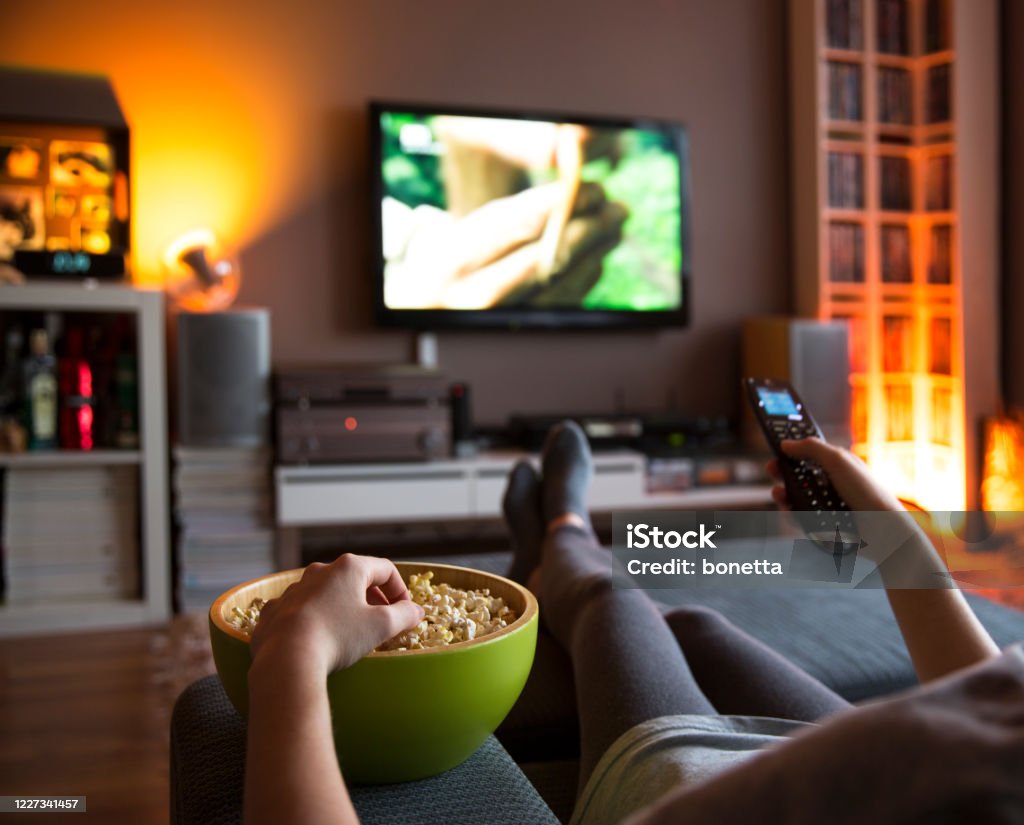The US entertainment landscape is evolving at an unprecedented speed. The families which used to depend upon cable subscriptions and TV programming now have their freedom with digital streaming. The new streaming revolution fueled by innovations such as ifvod tv and IPTV is making US homes smart entertainment centers. This is a technological shift as well as a cultural one that is highlighting how consumers prefer flexibility, choice, and personalization in viewing.
The Shift Toward Online Viewing
A decade earlier, cable television dominated the living rooms of American homes. Viewers had minimal freedom over what to watch and when. Today, streaming sites have displaced traditional systems, with on demand offerings delivered via the internet. With ifvod tv and IPTV, viewers can choose from thousands of live and archived shows without being bound to cumbersome equipment or rigid schedules. Such liberty has emerged as a hallmark of contemporary entertainment.
Why Streaming Suits Contemporary Lifestyle
Contemporary life is fast, and entertainment needs to catch up. With ifvod tv and IPTV, audiences are able to stream their preferred content on any device TVs, laptops, or smartphones whenever they wish. This ease makes it simpler to juggle work, travel, and family time. Nielsen research indicates that approximately 85% of U.S. audiences below the age of 35 choose streaming over cable, indicating that convenience and choice lead their choices.
Technology Behind the Revolution
The driving force behind this revolution is enhanced connectivity. High-speed internet and 5G networks have become common, making streaming reliable and smooth. IPTV technology employs internet protocol to provide high quality video without delay, even at full HD or 4K resolution. Smart TVs and streaming devices make access even easier, with preinstalled apps and voice commands for easy navigation.
Economic and Industry Effects
The transition to digital platforms has reshaped the entertainment business. Conventional broadcasters are investing considerable amounts in online streaming in order to remain current. Ad supported and subscription based options coexist, giving consumers greater control. Ifvod tv and IPTV platforms have also enabled smaller creators and local media sources to present their content directly to audiences something that was almost impossible under previous cable systems.
Personalized Viewing Experiences
Viewers today demand more than repetitive content demand relevance. ifvod tv powered and IPTV platforms employ algorithms that study the behavior of users to suggest shows and movies based on their tastes. Such customization keeps people hooked and entertainment more interactive, converting passive watching into an active one.
Cultural and Global Reach
Streaming has shrunk the world. Viewers in America now have access to content from Asia, Europe, and more, expanding cross cultural understanding through media. Similarly, global audiences are finding American entertainment in real time. Sharing stories and viewpoints over IPTV networks illustrates how technology binds cultures that traditional TV never did.
The Future of Home Entertainment
With each advance in streaming technology, homes in the United States will keep changing. The future holds possibilities that range from interactive live events to real time feedback capabilities and AI-driven recommendations tailored to personal preferences. Ifvod tv and IPTV are right at the forefront of this change, leading the way in terms of accessibility, quality, and engagement.
Conclusion
The streaming revolution has changed not only how Americans consume TV but how they are engaging with entertainment overall. With ifvod tv and IPTV, the home has become a digital entertainment hub centered around freedom and connectivity. This represents a new era where technology, innovation, and viewer desire converge to redefine television for the contemporary era.
